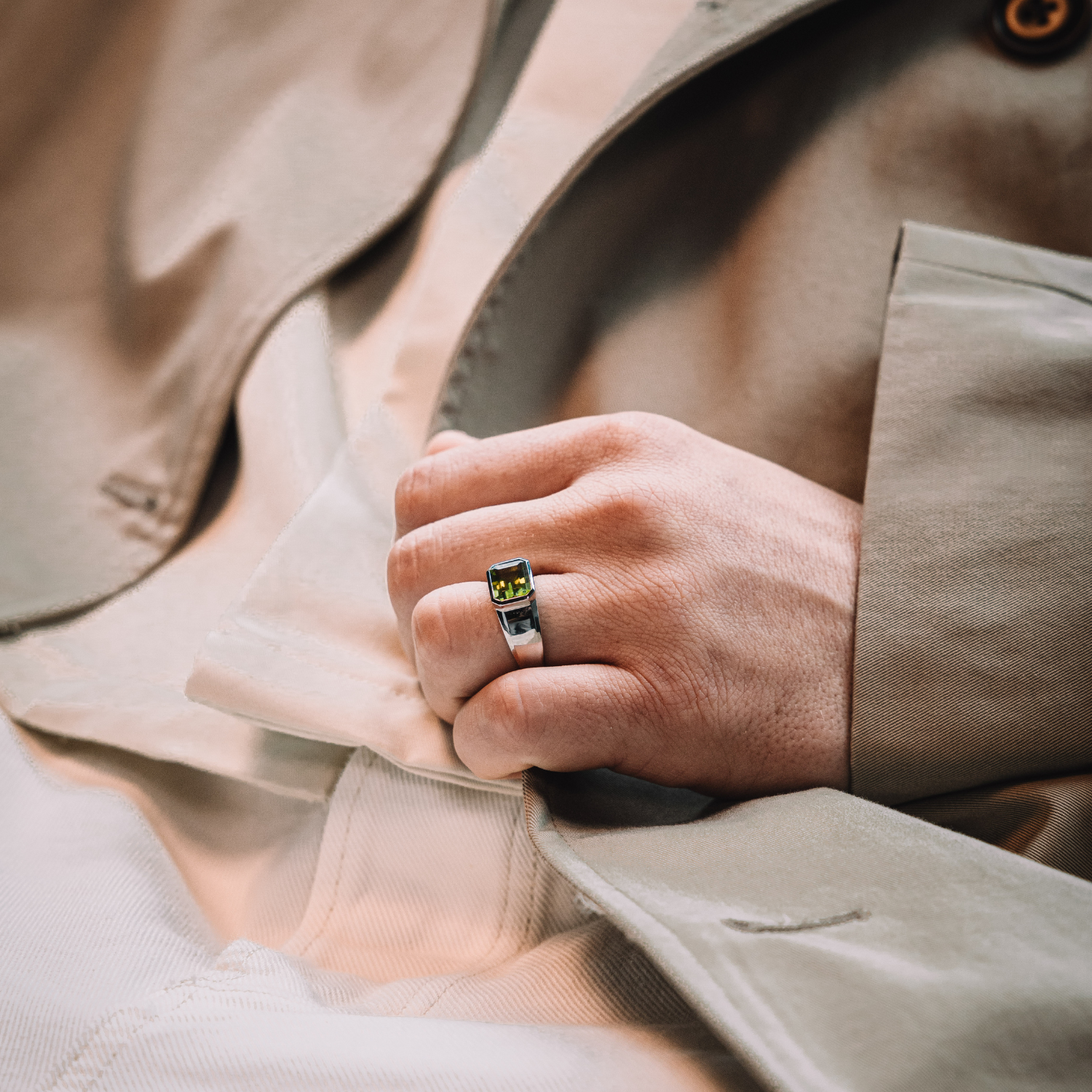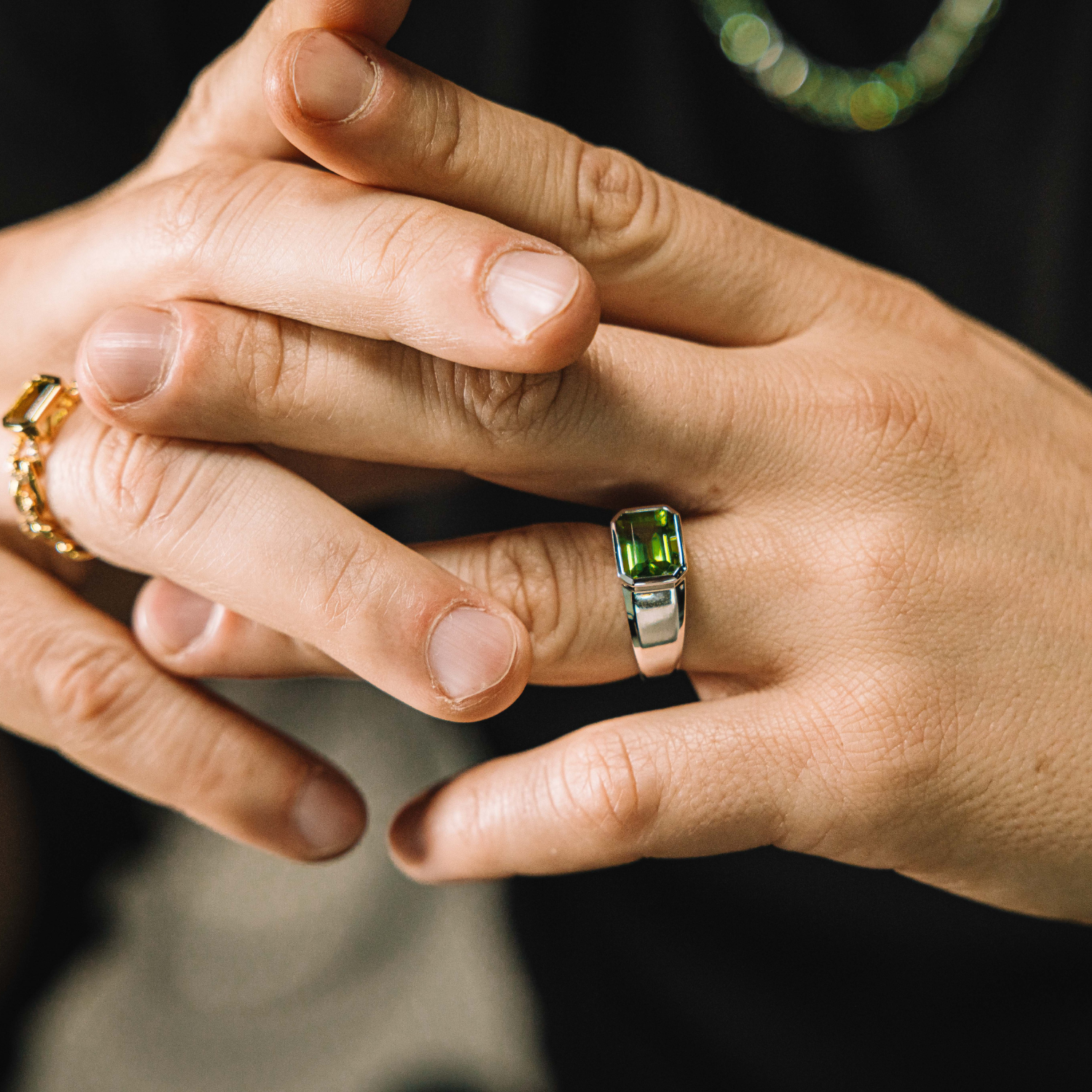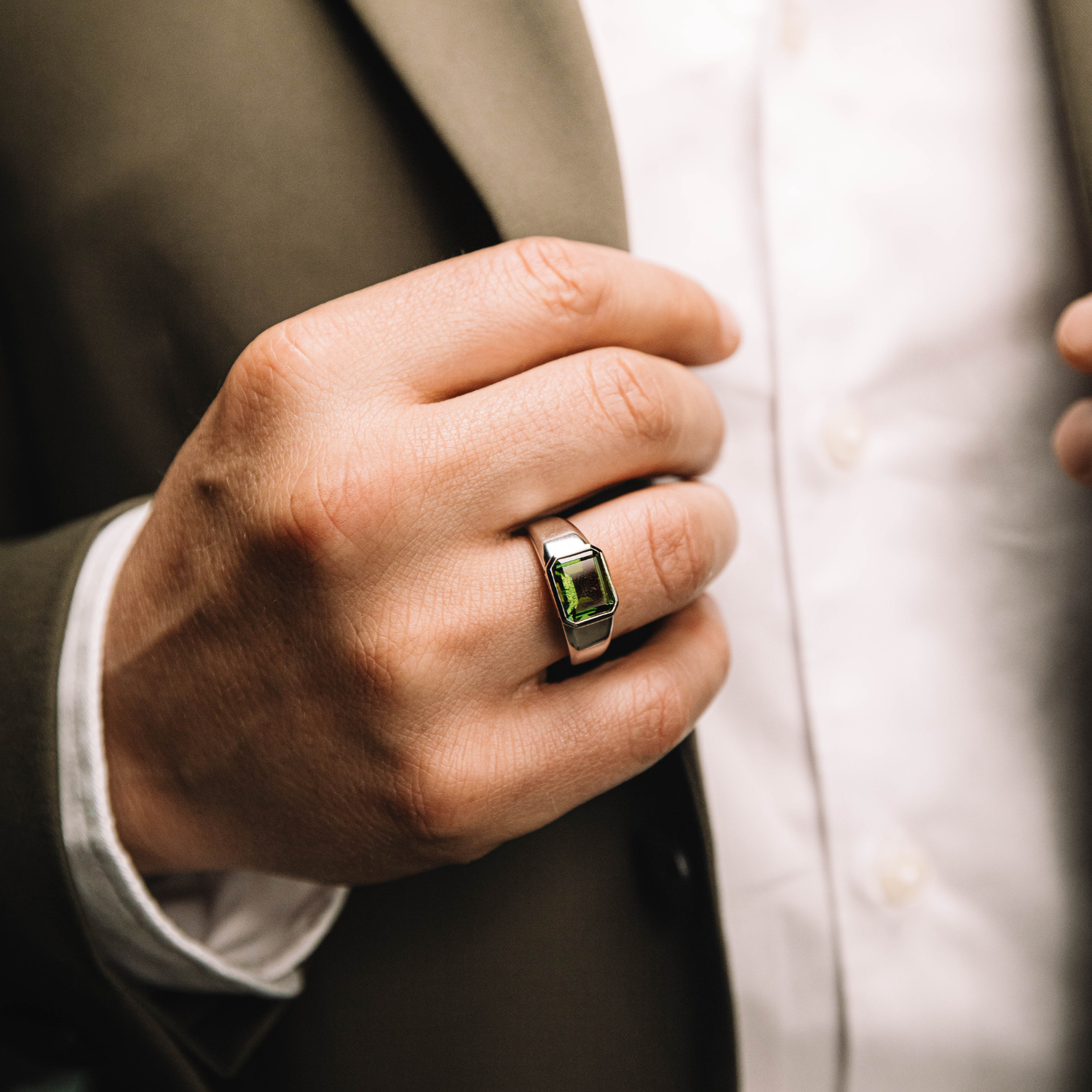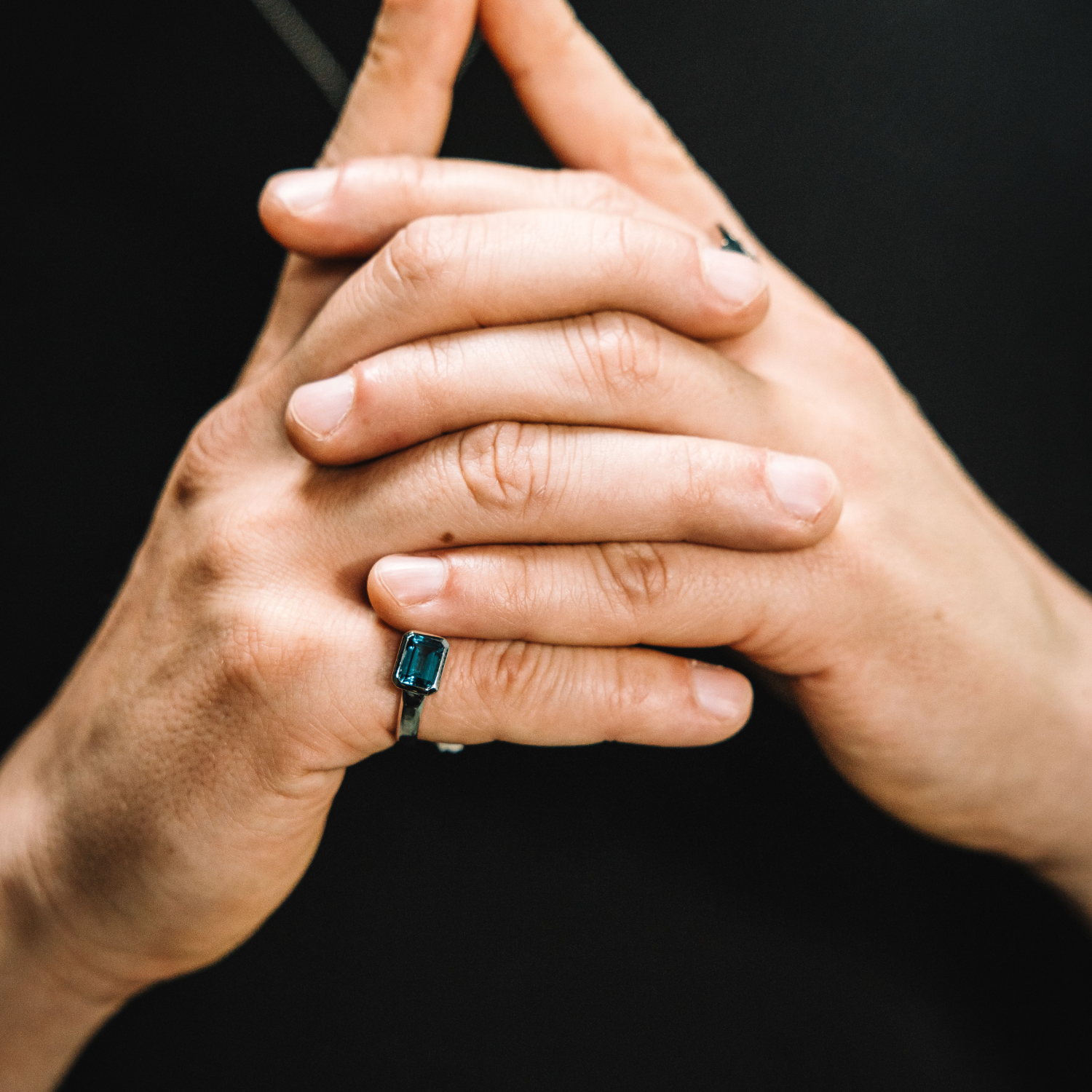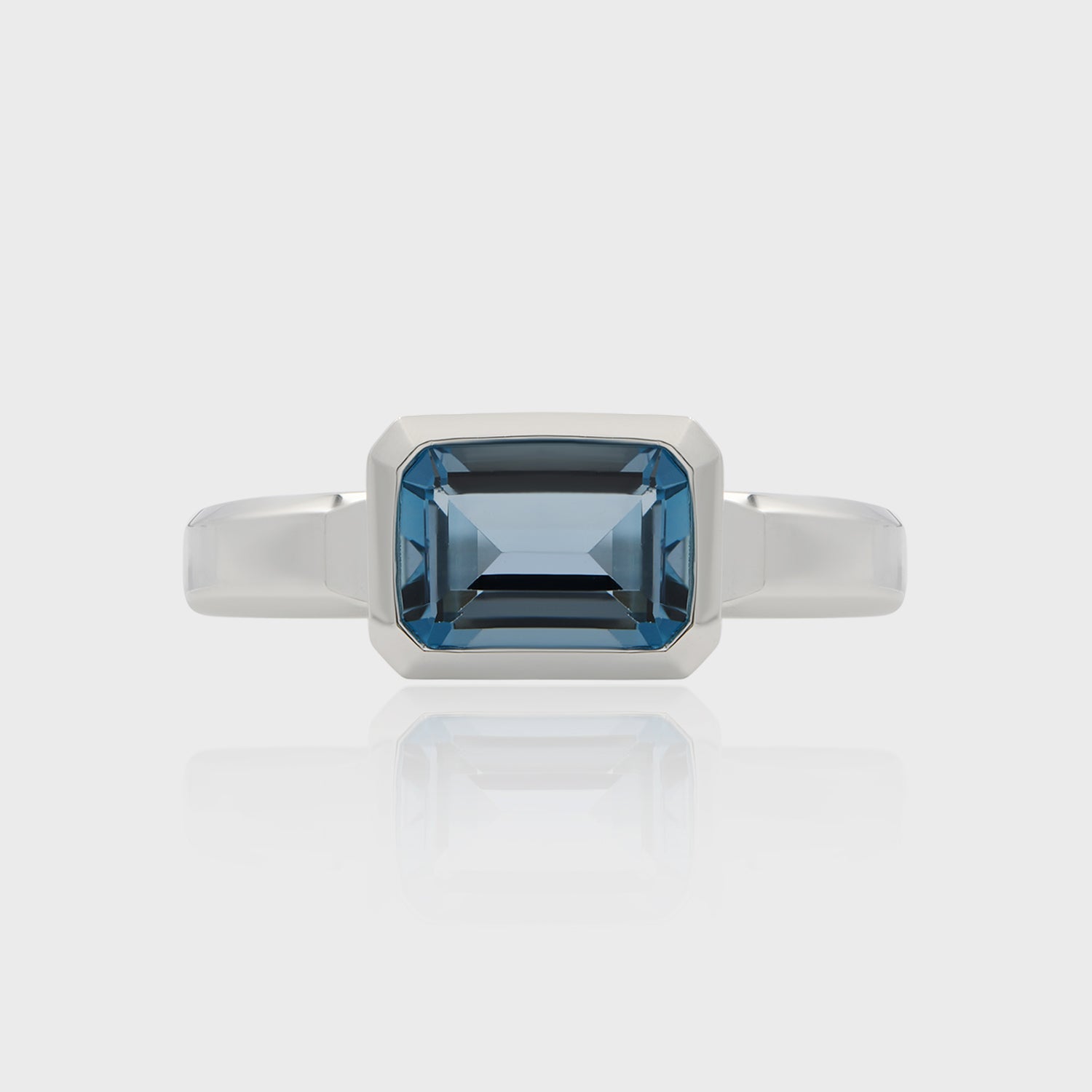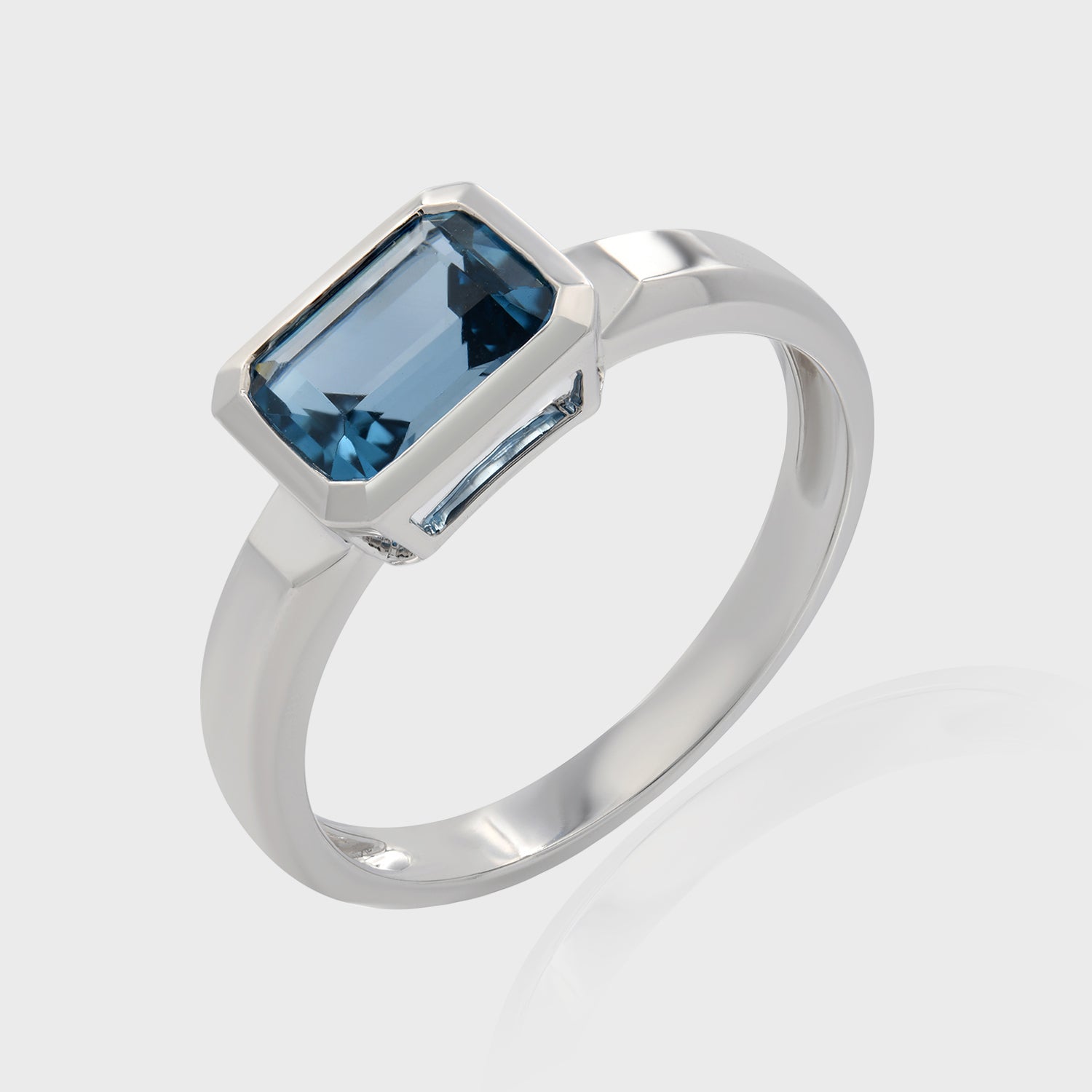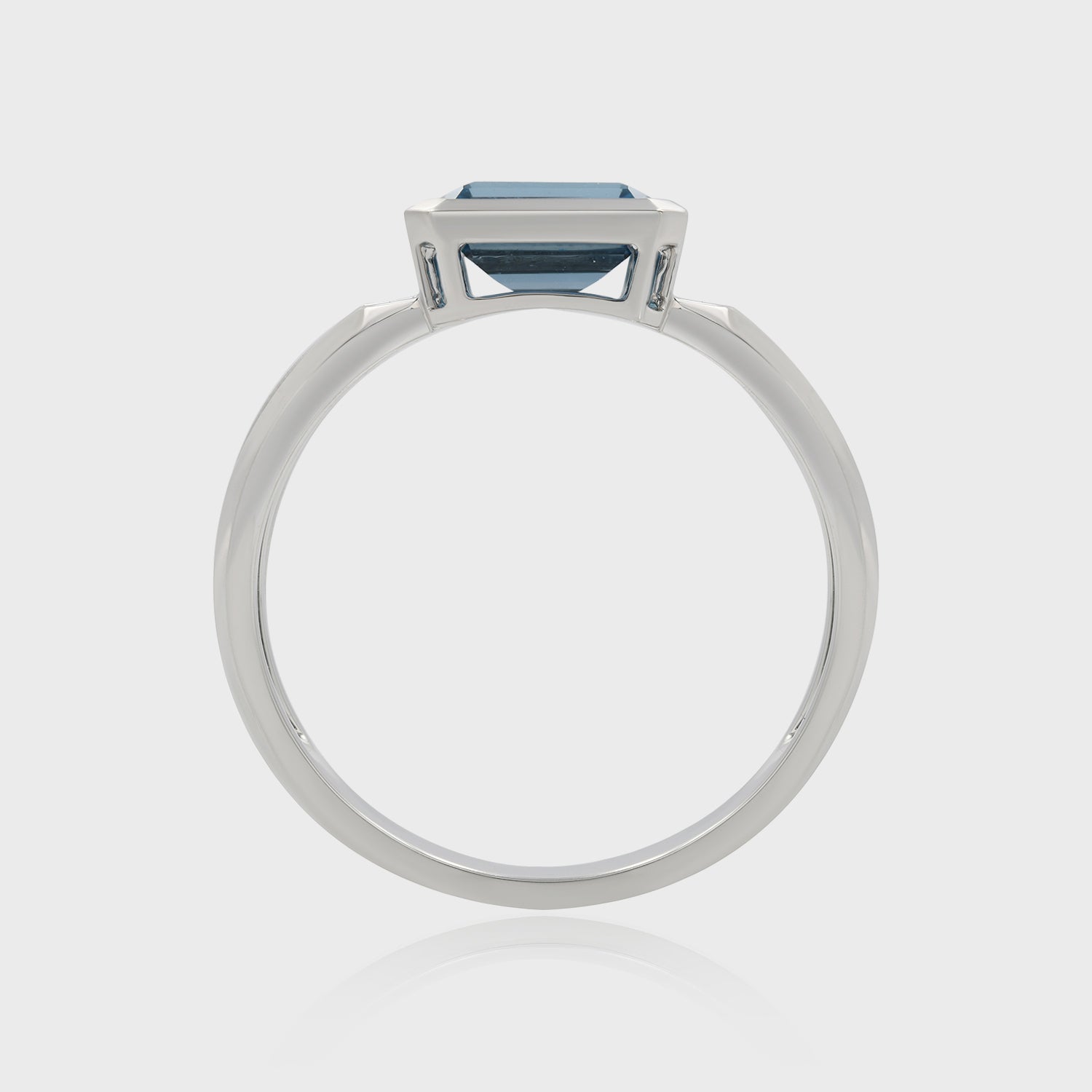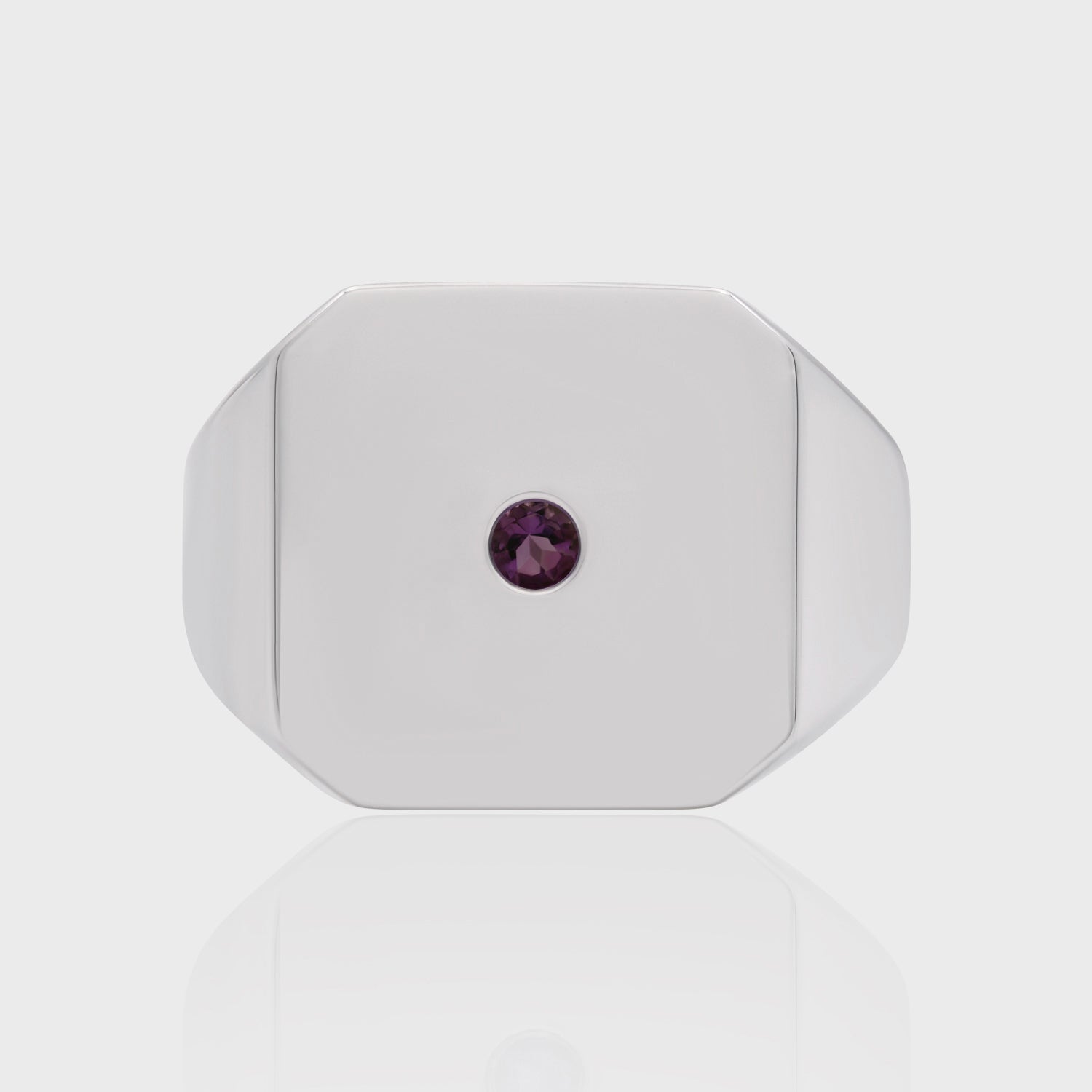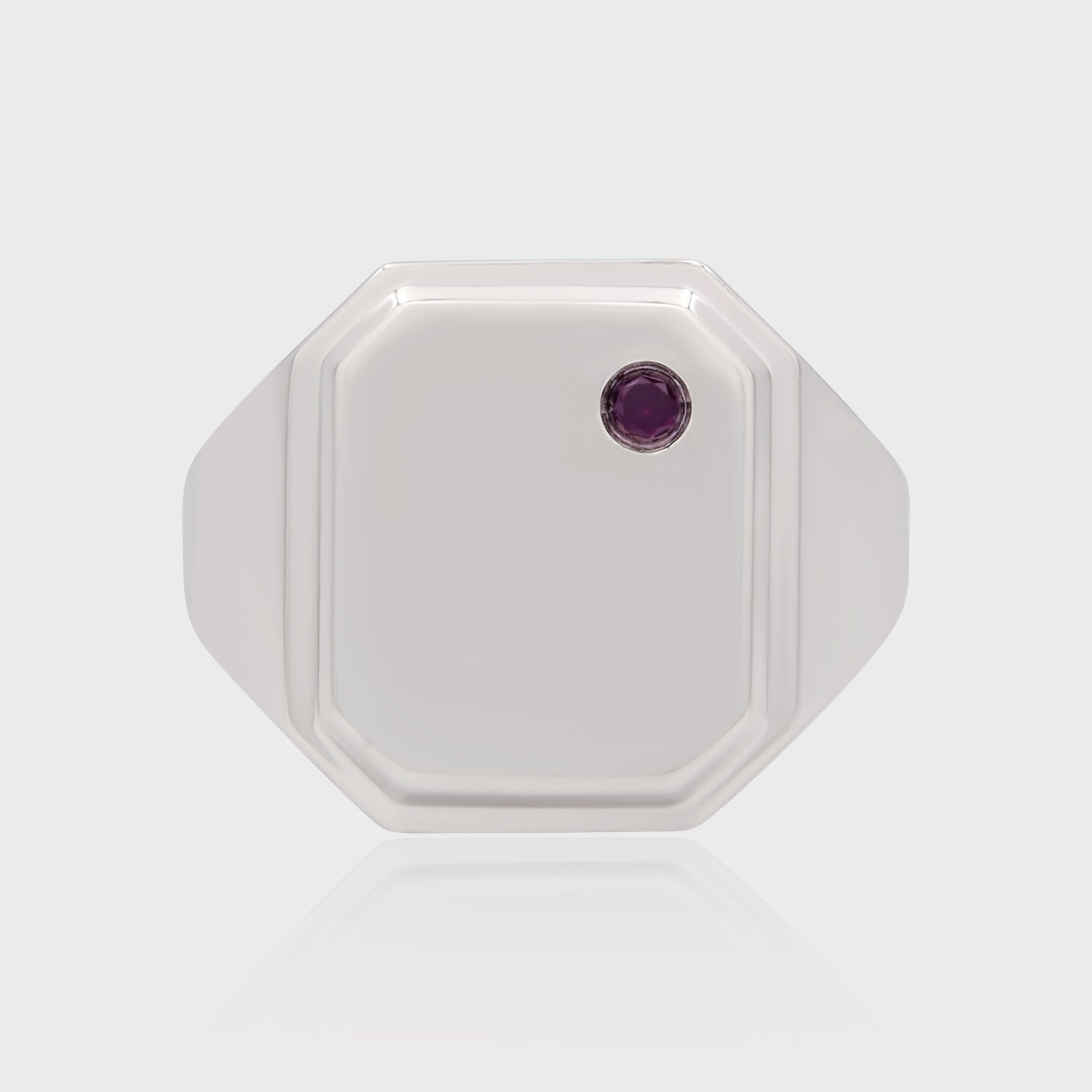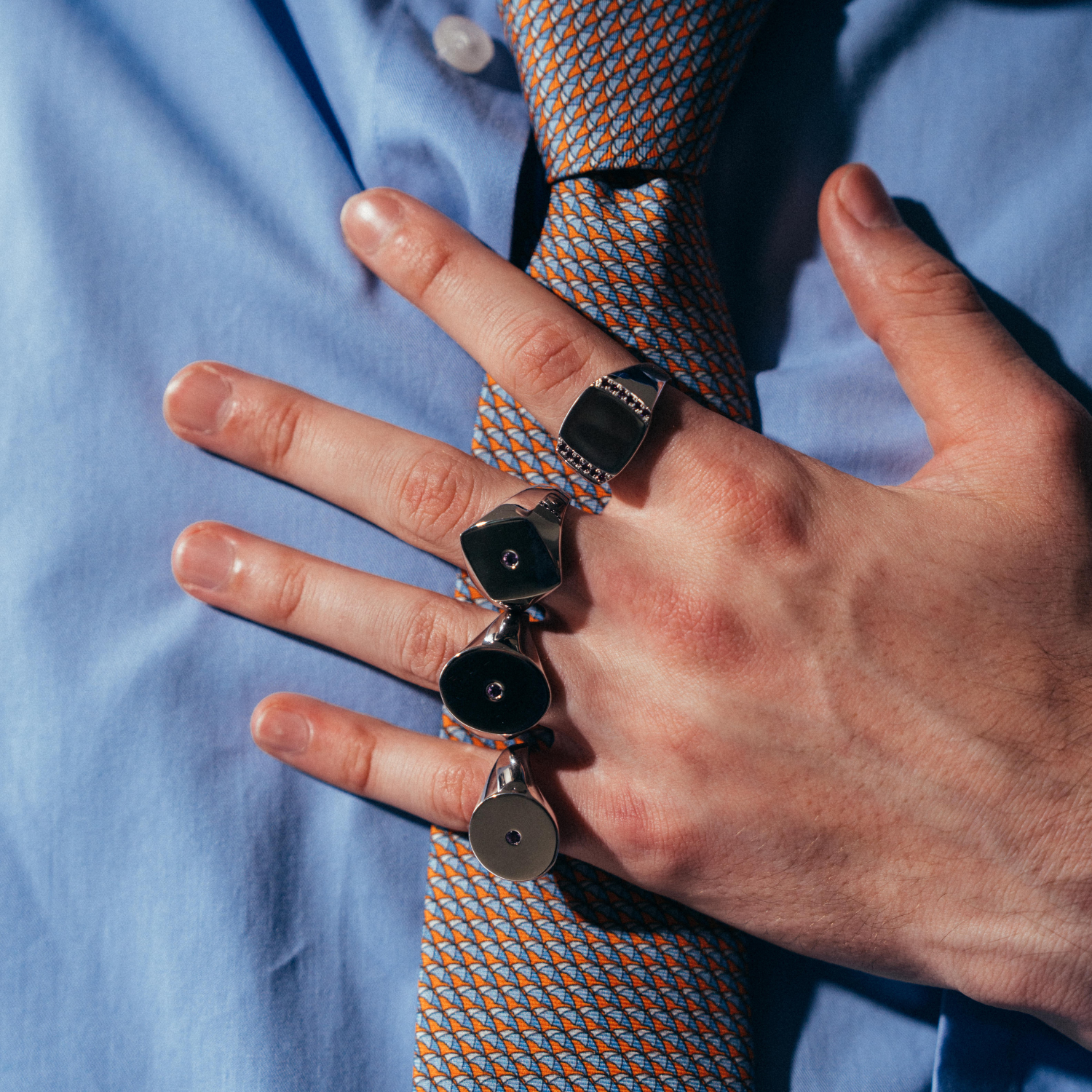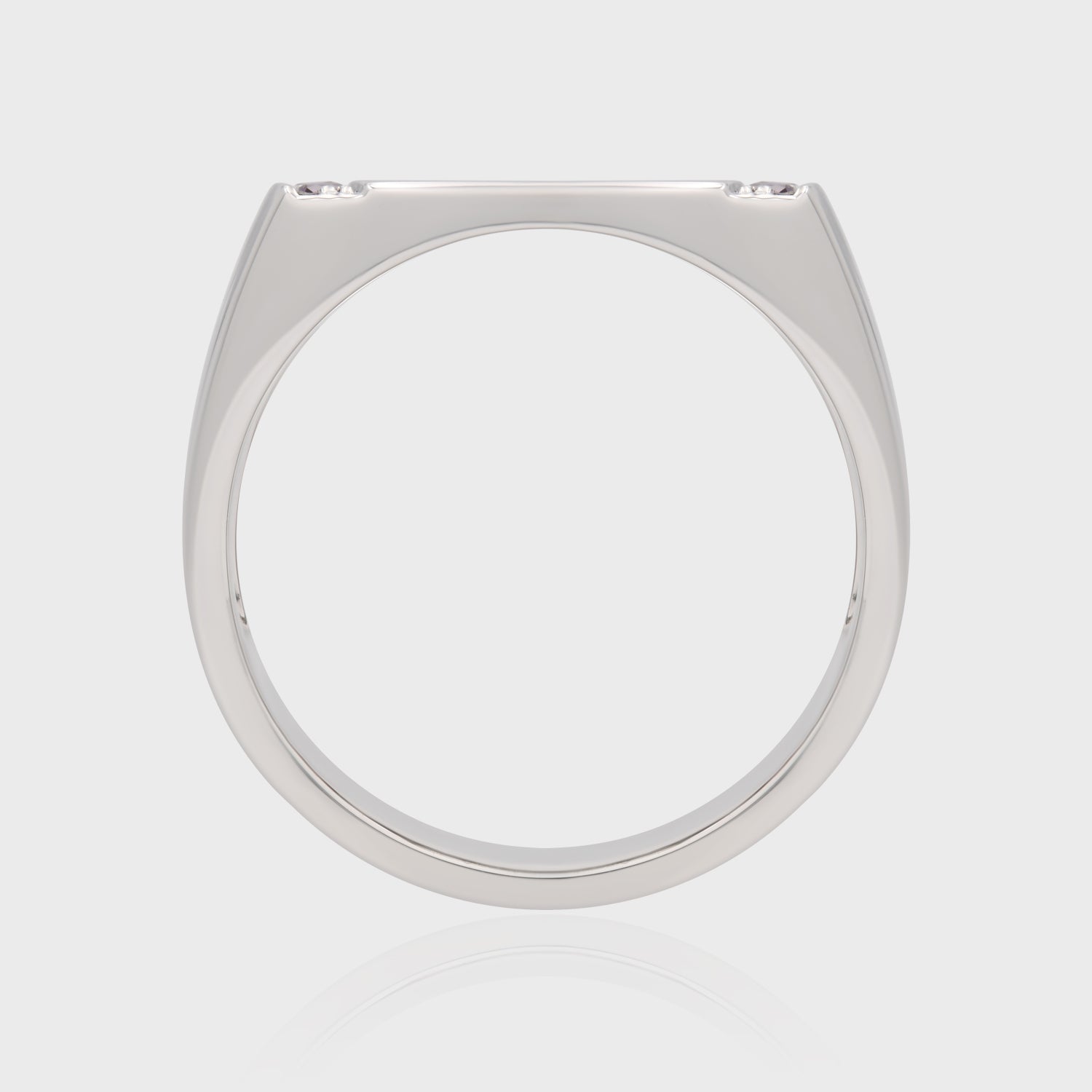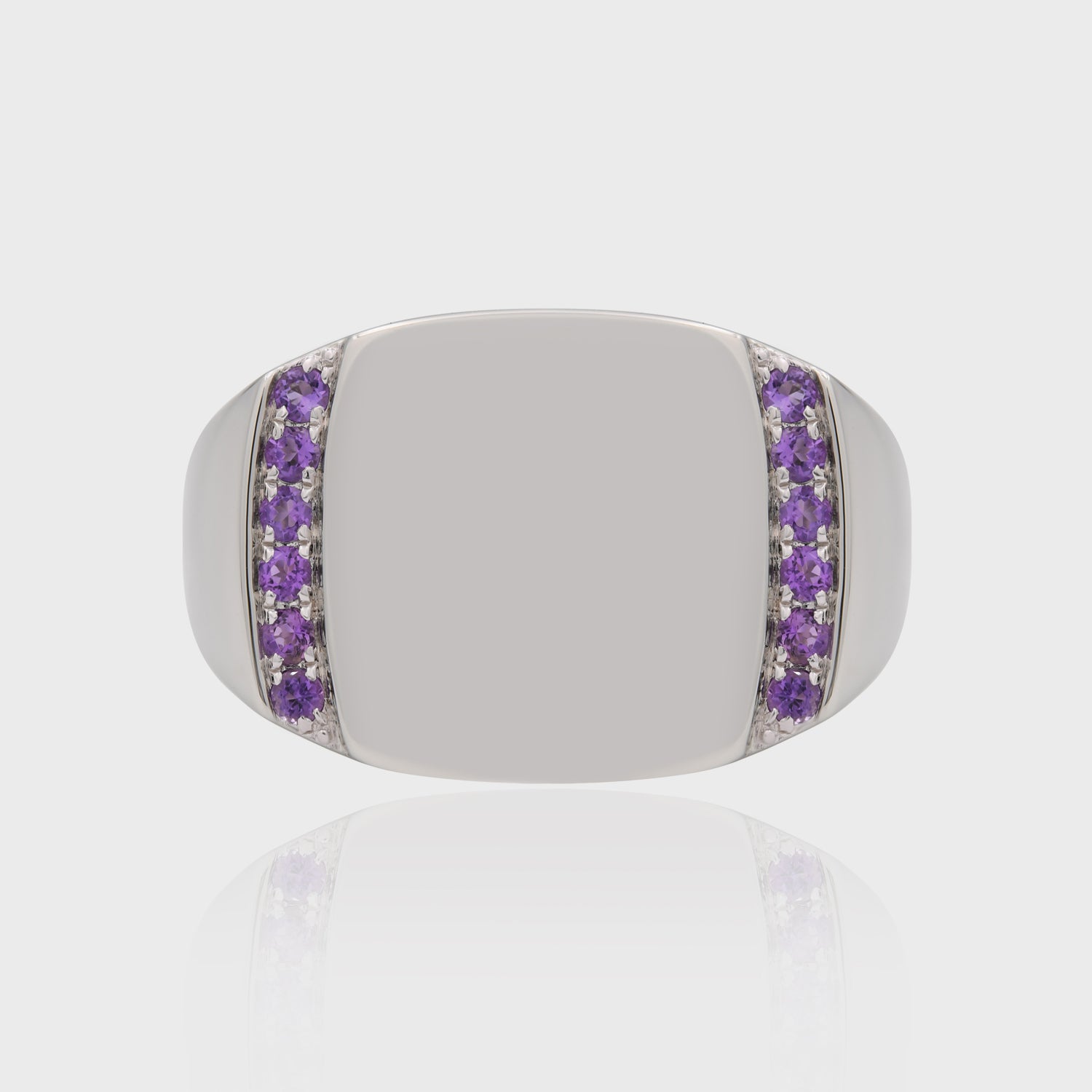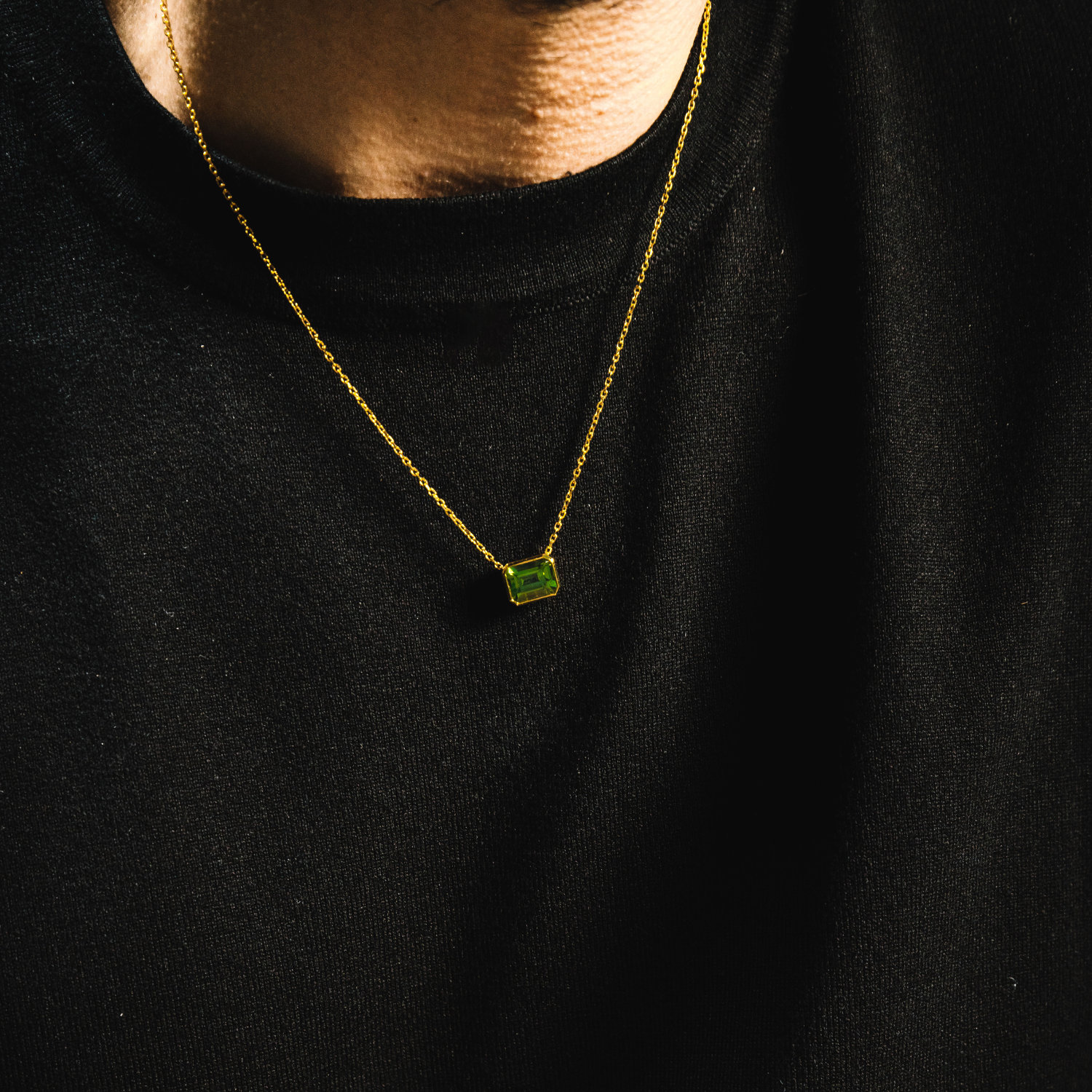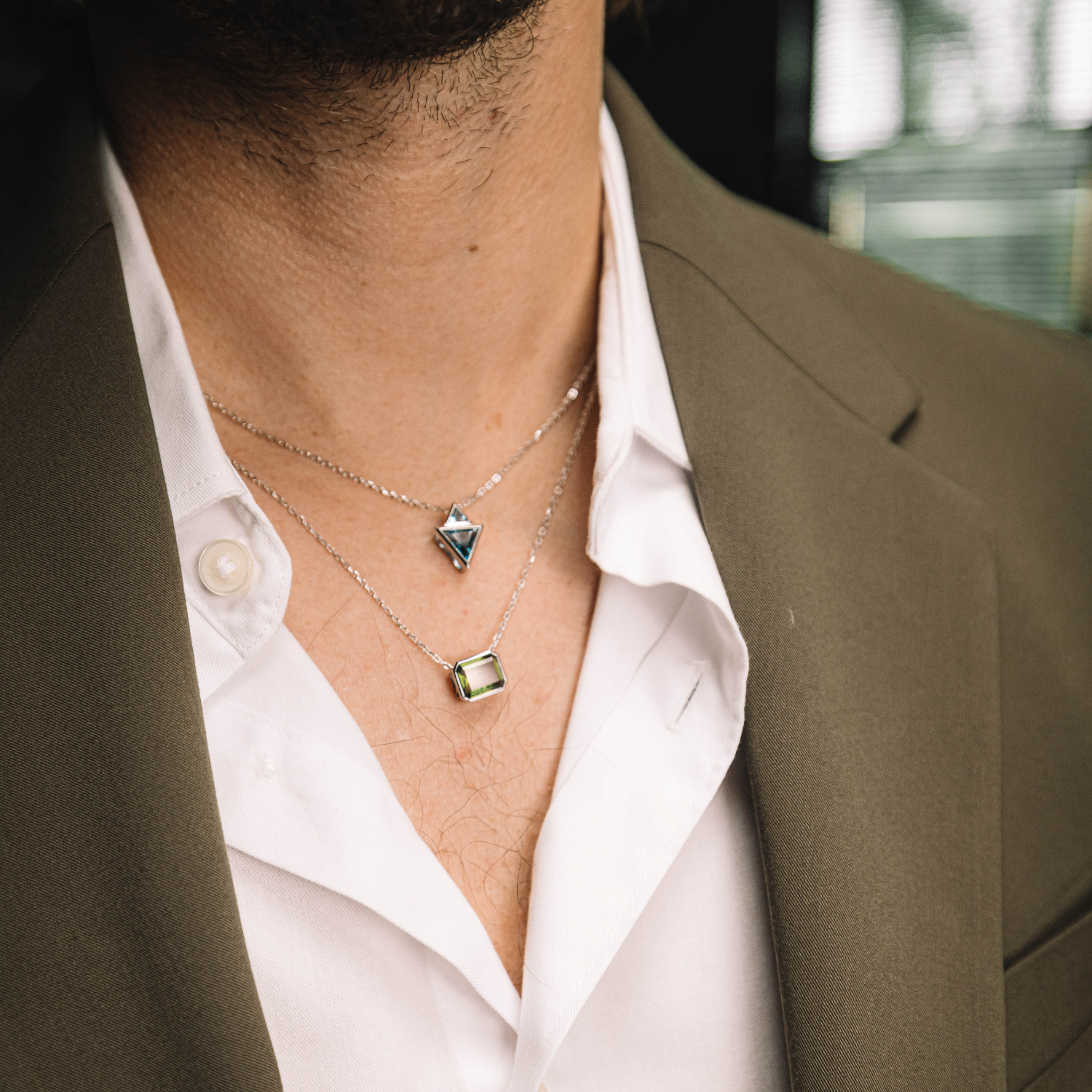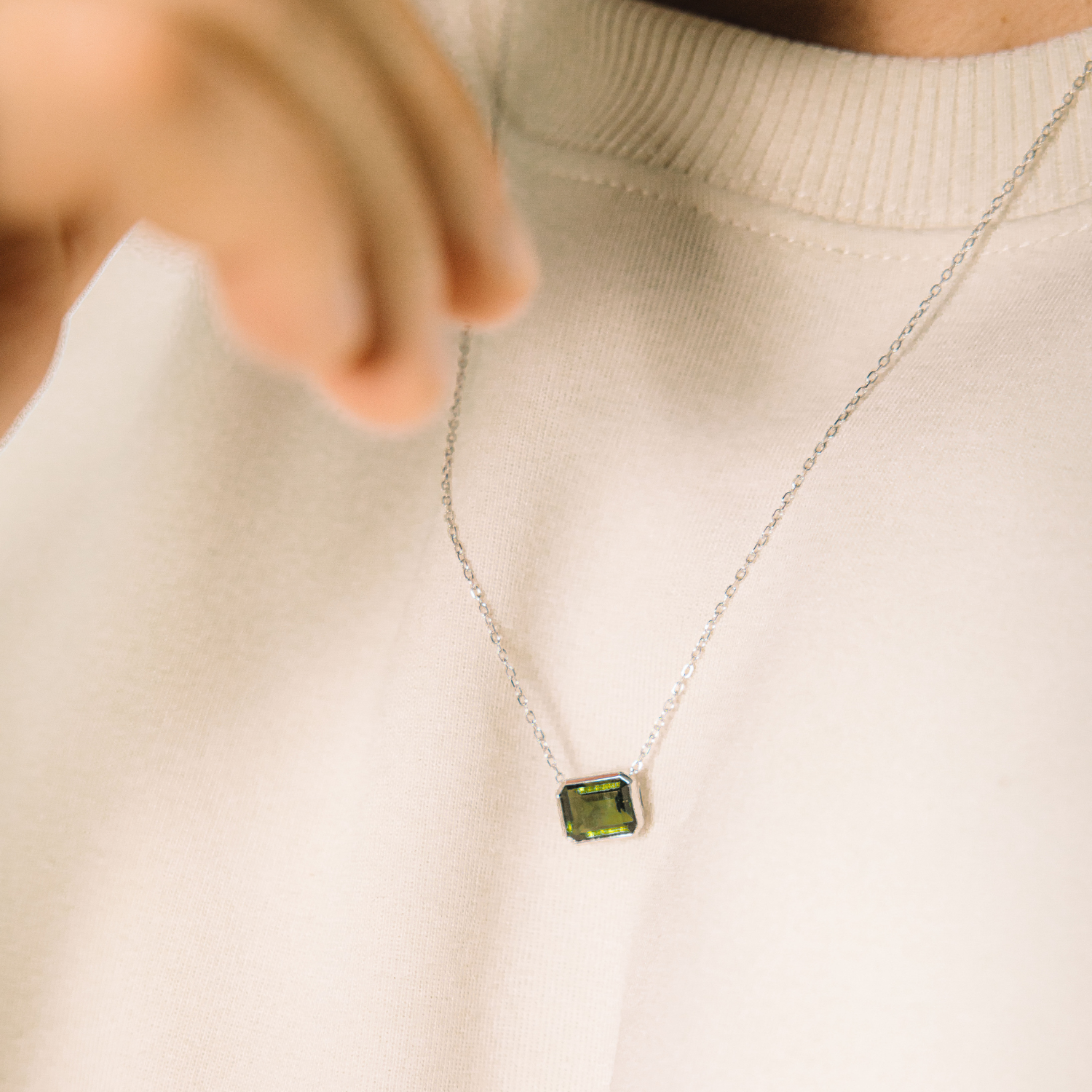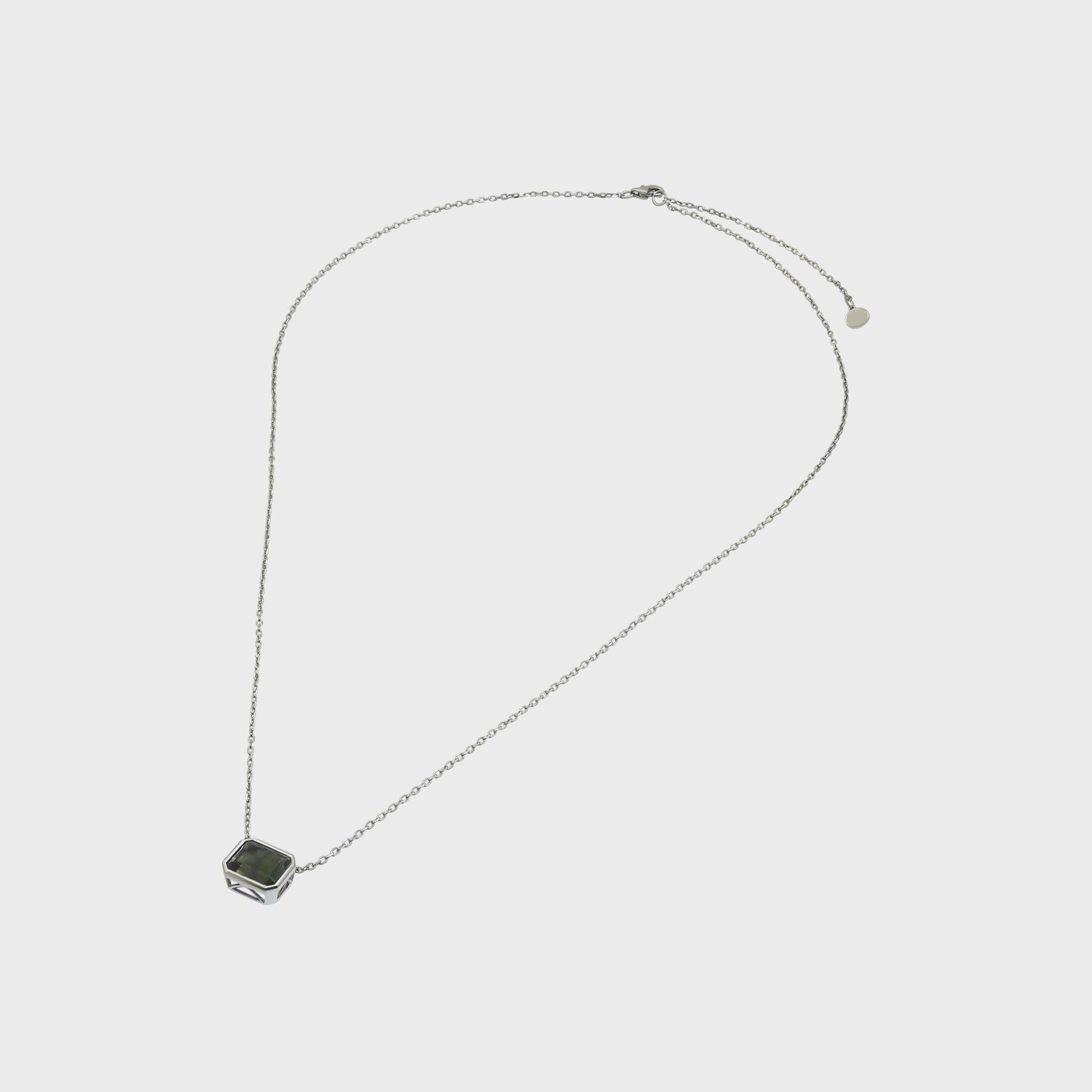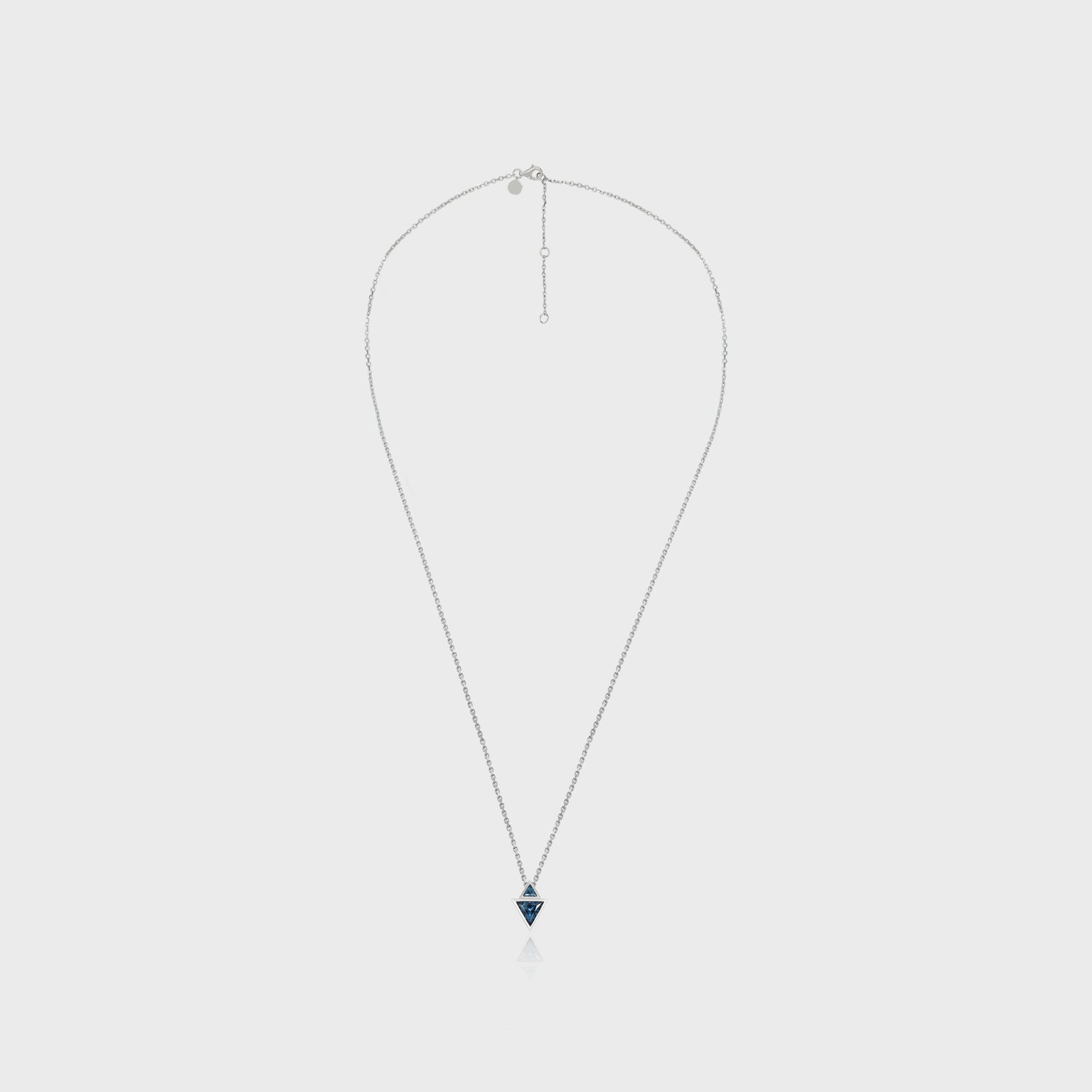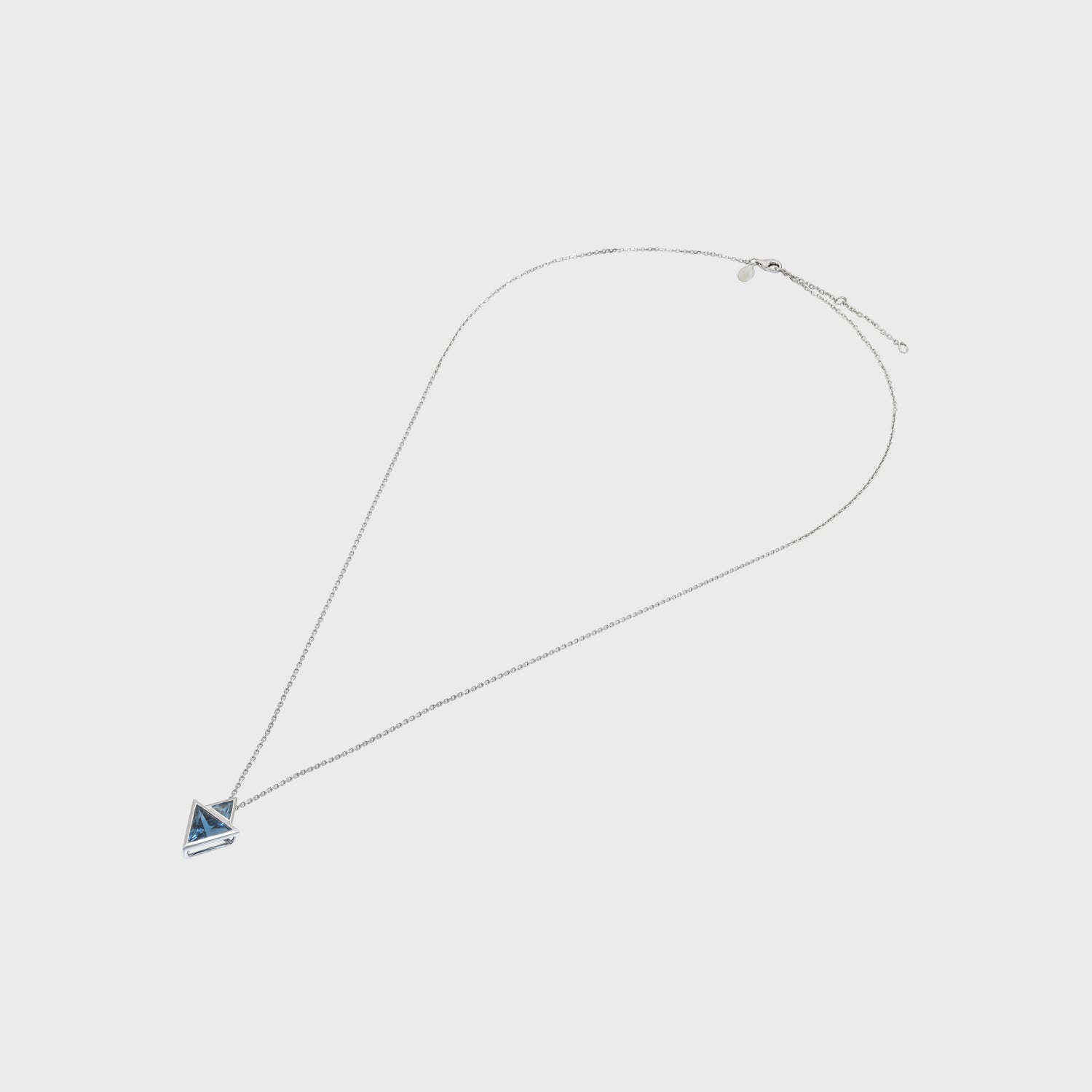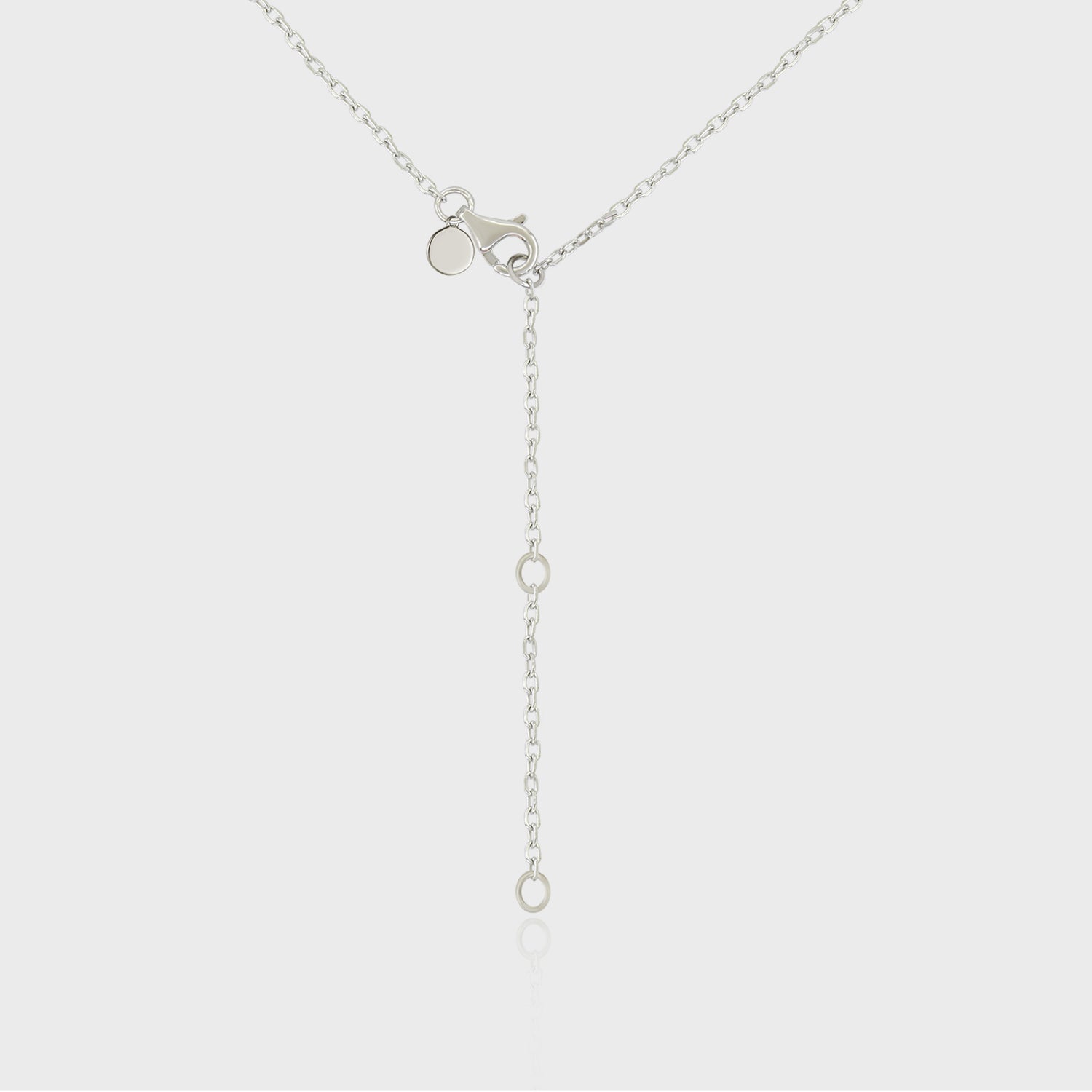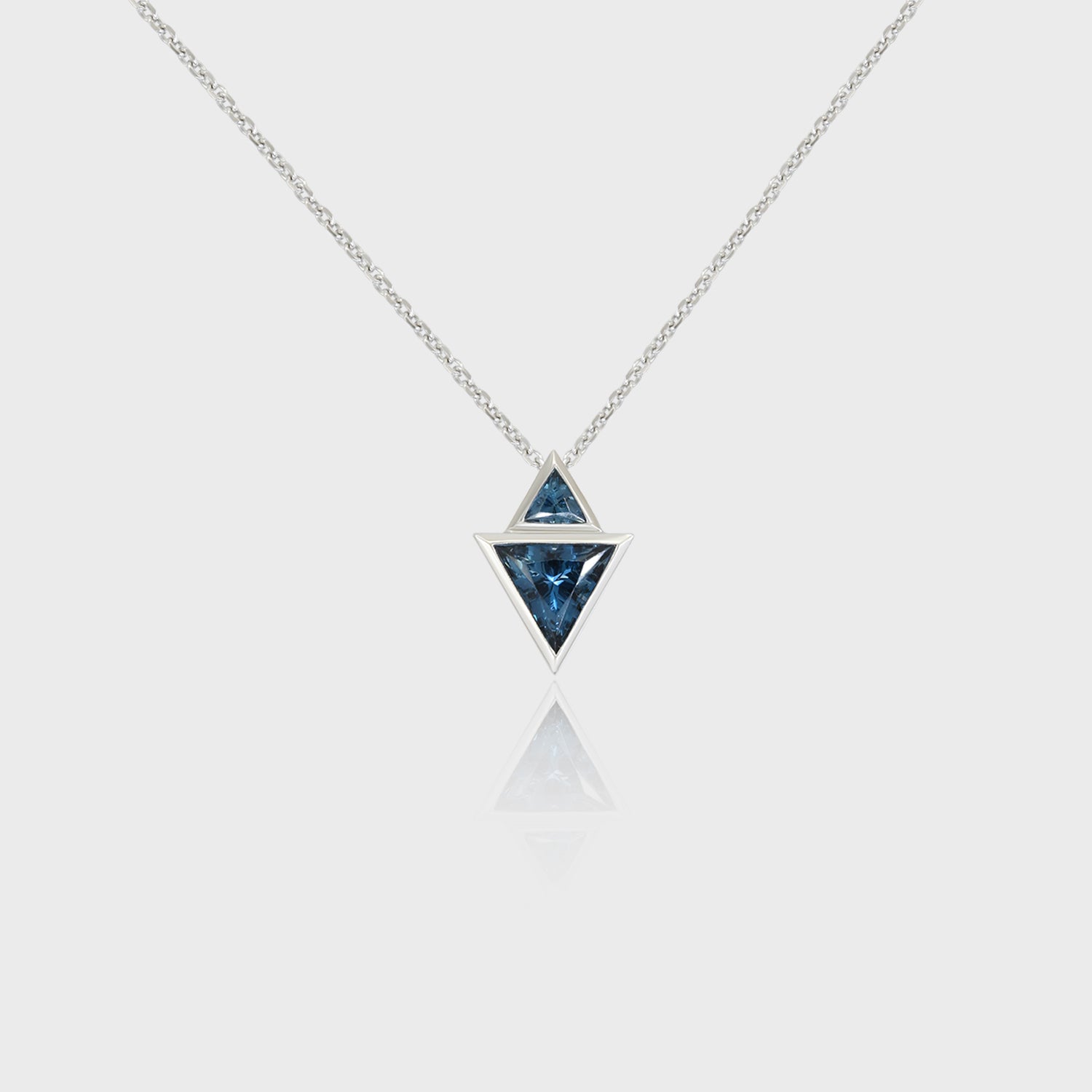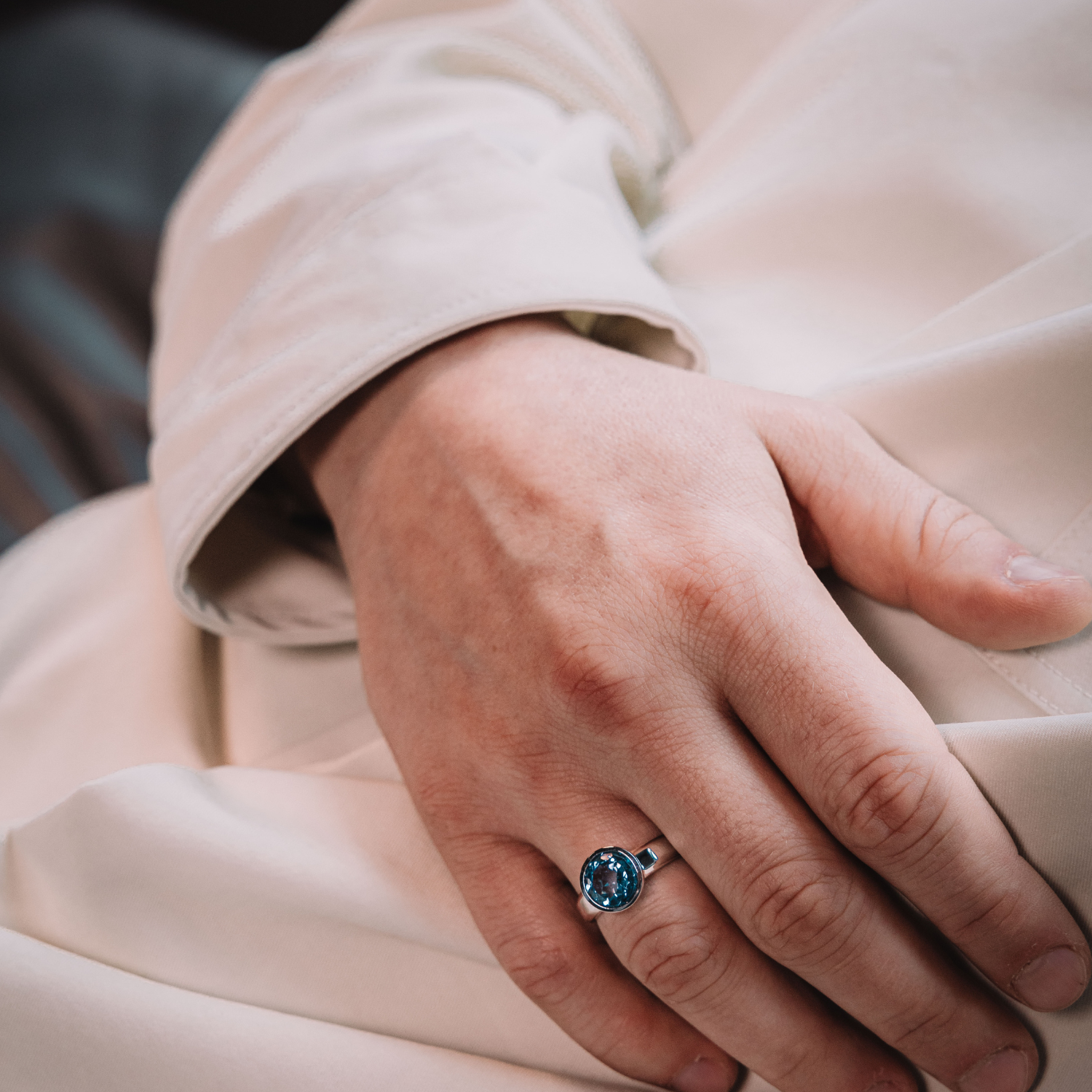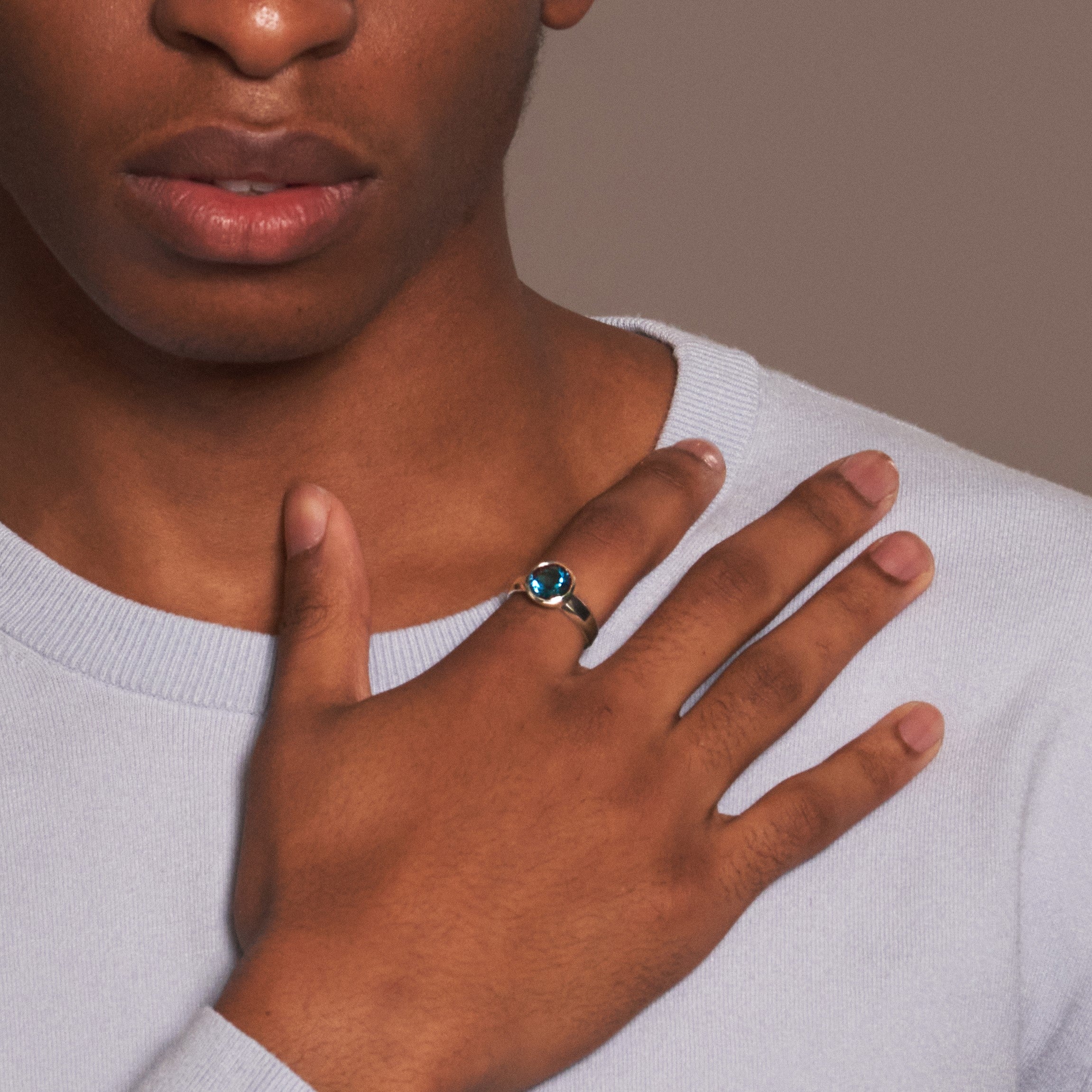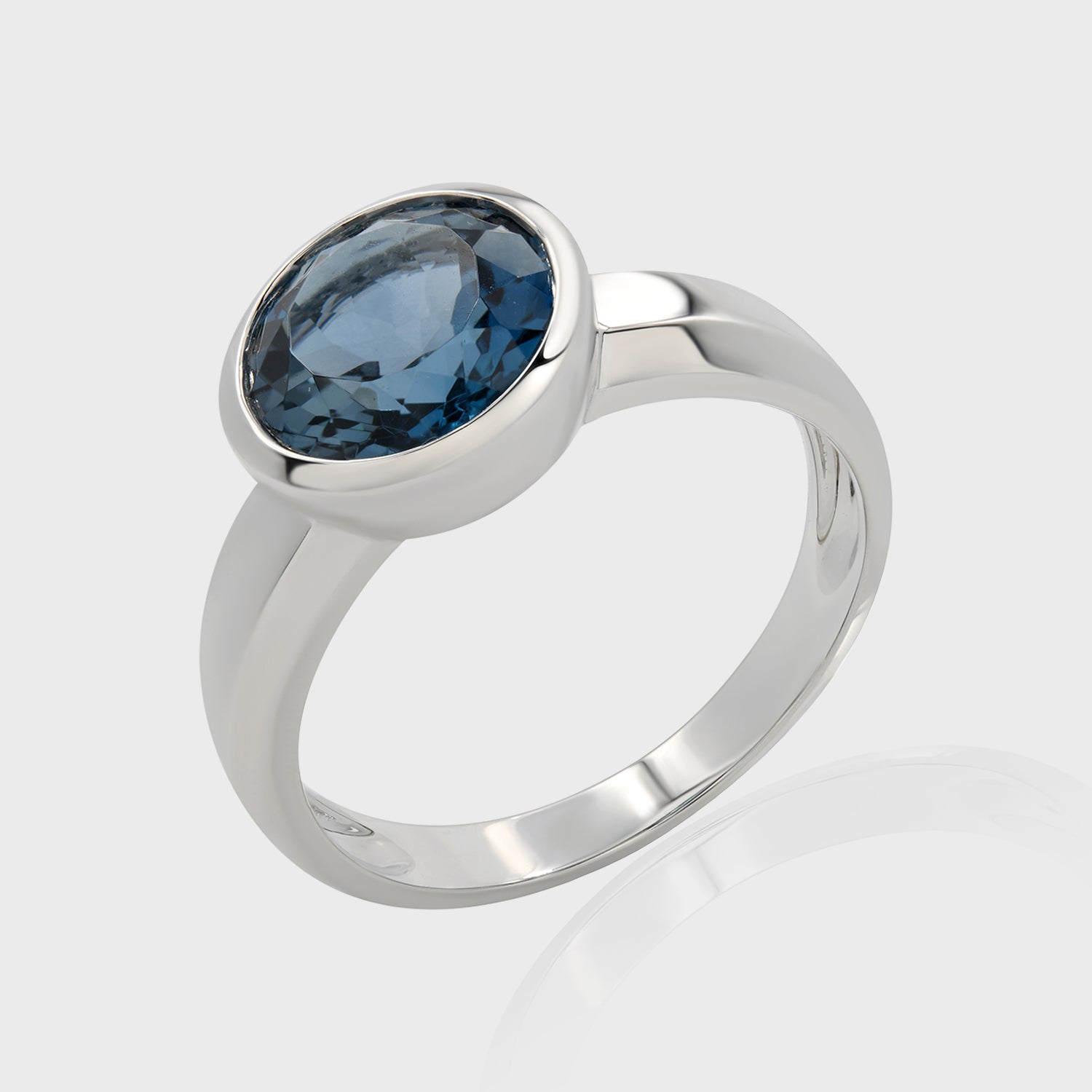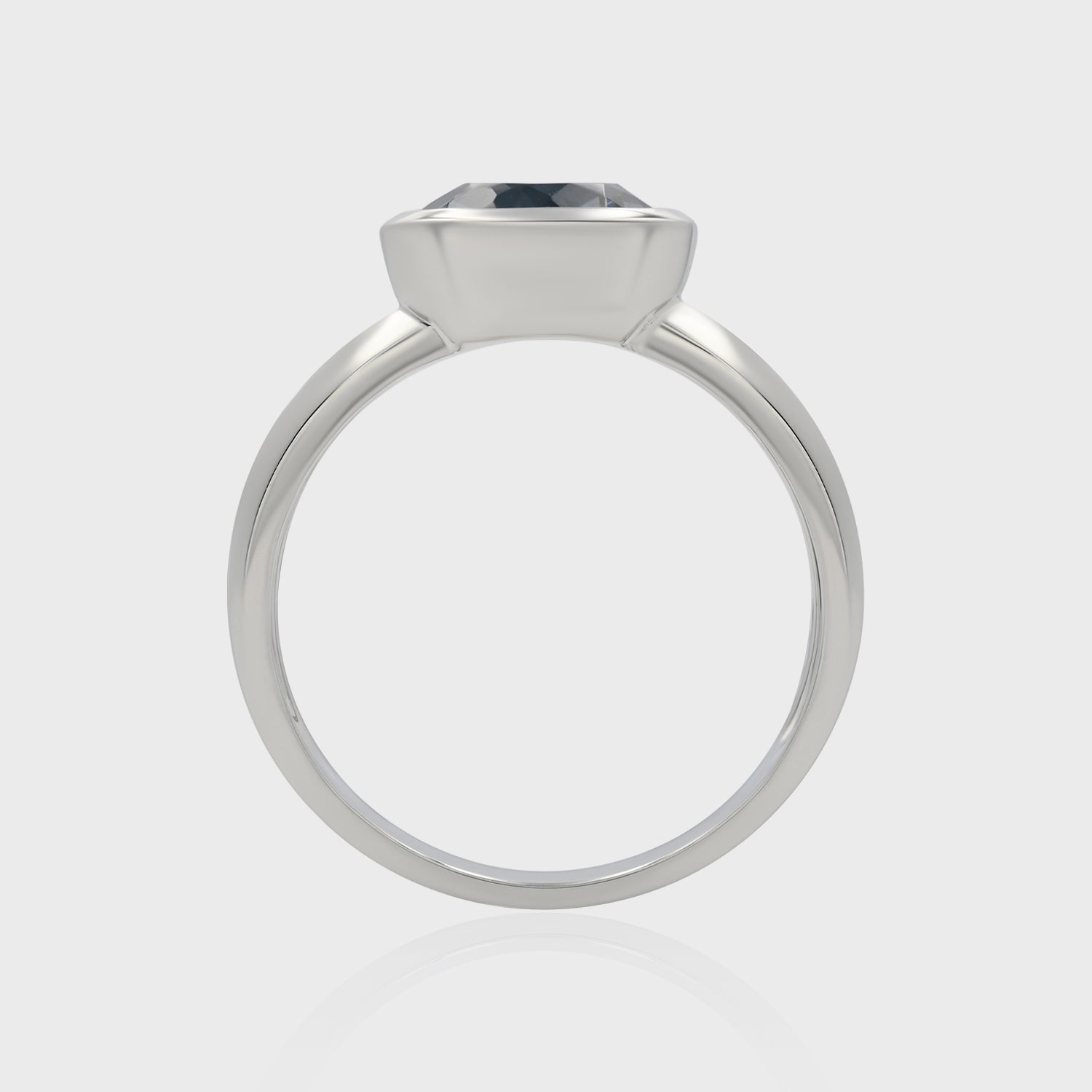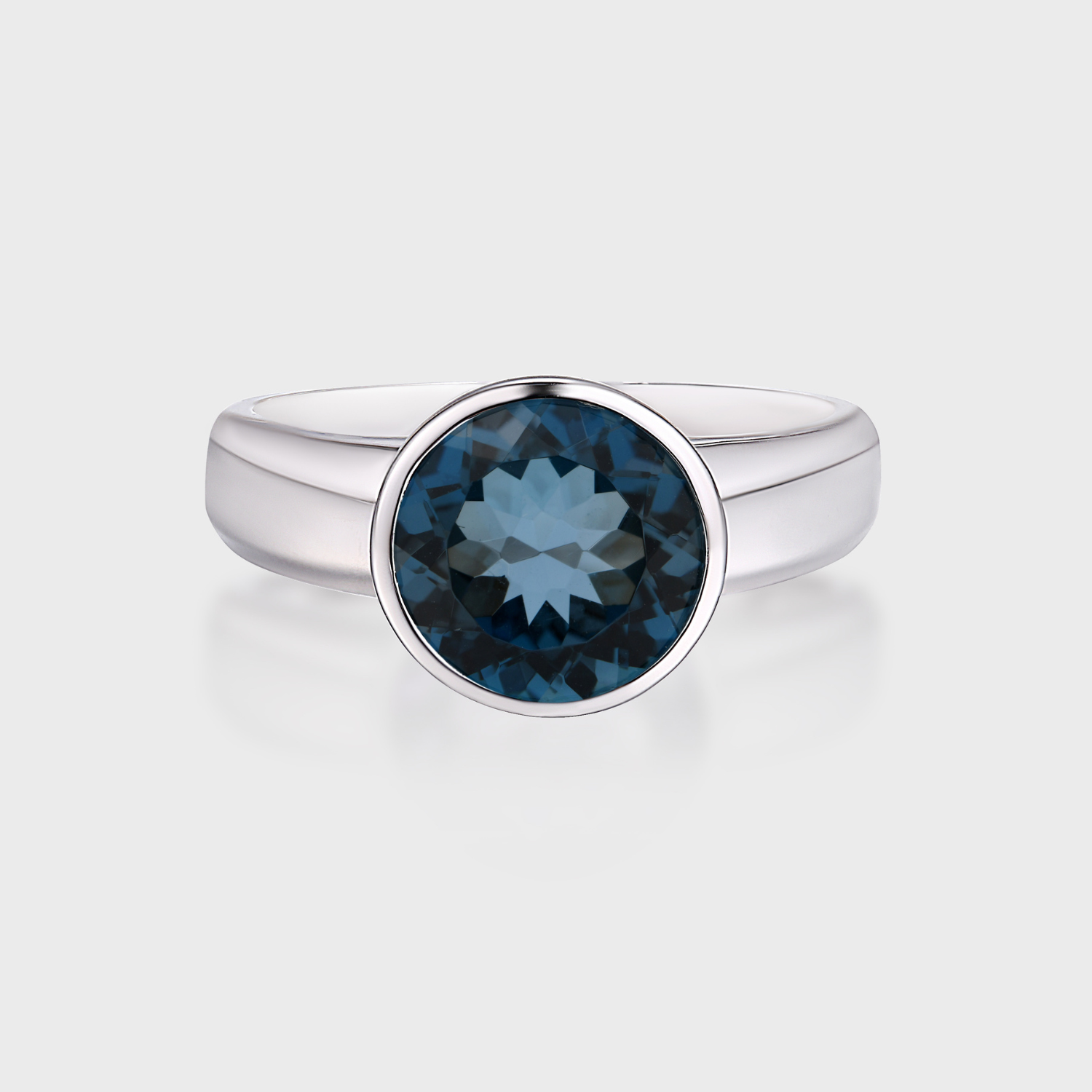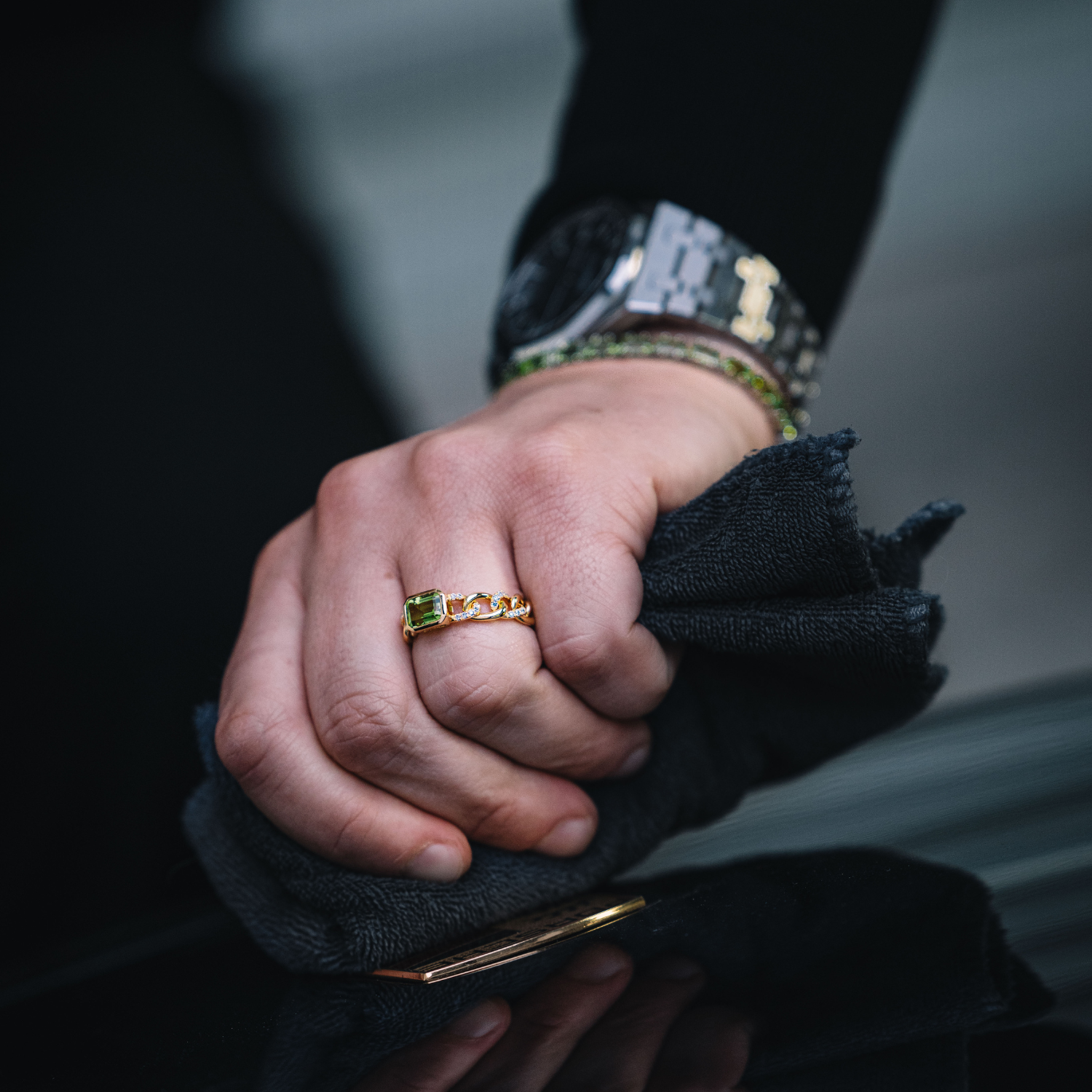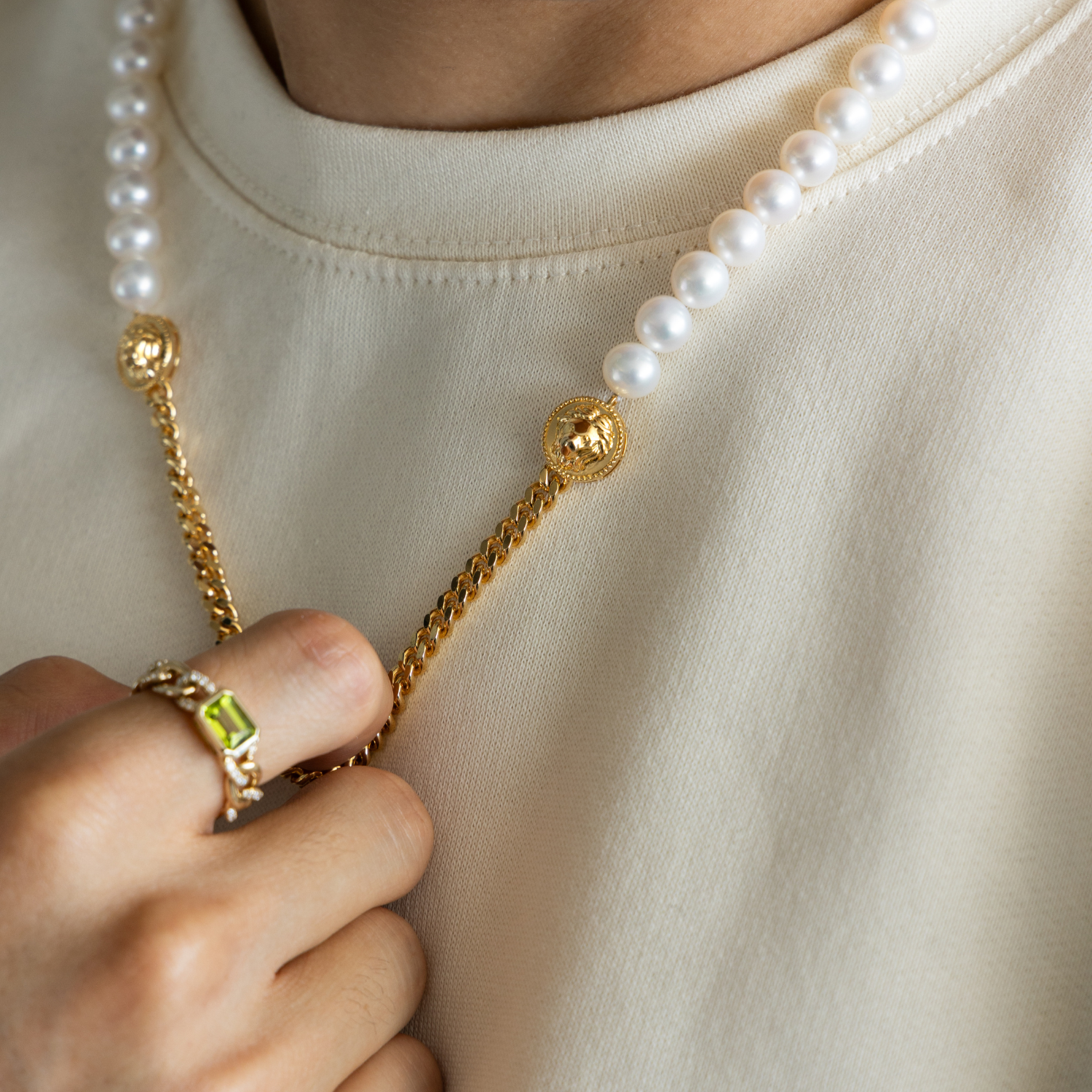ALL ABOUT
GOLD JEWELRY
Throughout history, gold has been prized for its beauty, rarity, and enduring value, making it a symbol of wealth, power, and prestige across cultures and time periods.
CLASS & TYPE
What are the varieties of gold jewelry?
Solid Gold
Solid gold jewelry is made from either pure gold (24K) or a gold alloy (e.g. 18K, 14K, 10K). The gold itself is highly durable, doesn't tarnish, and doesn't require re-plating.
Vermeil
Gold vermeil (pronounced "ver-may") is a type of gold-plated silver jewelry. It consists of sterling silver coated with a layer of gold that is at least 10K and at least 2.5 microns thick.
Filling
Gold-filled jewelry, often marked as "GF," is made by bonding a layer of gold (at least 5% of the total weight) to a base metal core (commonly brass, copper, or nickel) providing a cost-effective alternative to solid gold.
Plating
Gold-plated jewelry is a cheap alternative where a layer of <0.5 microns of low-karat gold is applied over base metal, usually brass or copper. There is very little gold content in plated pieces.
QUALITY & PURITY
How much gold is in the gold?
24K
Pure gold, 100% gold content, very soft and malleable. Not suitable for everyday jewelry as it deforms easily. Bullions, coins, and ceremonial jewelry can use 24K. Bright, deep yellow.
22K
91.7% gold content, often used in traditional and cultural pieces, but generally considered still too malleable for everyday jewelry. Alloyed with other metals. Intense yellow, but slightly paler than 24K.
18K
75% gold content, a balance between purity and durability, suitable for high grade luxury fine jewelry. Alloyed with other metals. Rich yellow, slightly paler than 22K.
14K
The most popular gold alloy for luxury fine jewelry. Contains 58.5% pure gold and is alloyed with other metals to improve durability. More durable and affordable than pure gold. Warm, subdued yellow, paler than 18K.
10K
41.7% gold content, the most durable for everyday wear, though with lower gold content. The lowest karat of gold that is offered in fine jewelry; the color is quite dull. Pale, neutral yellow, paler than 14K.
Below 10K
No longer a specific karat designation due to the low gold content.
COLORS OF GOLD
Yellow, White, Rose and other unusual colors.
Yellow
This is the natural color of pure gold. Yellow gold jewelry is often alloyed with copper and silver to achieve different shades of yellow.
White
White gold is created by alloying yellow gold with white metals like nickel, palladium, or silver. It is often rhodium-plated to enhance its whiteness.
Rose
Rose gold, also known as pink or red gold, is made by mixing yellow gold with copper. The more copper added, the stronger the rose color.
Black
Black gold is created by a variety of methods, including rhodium plating, oxidization, or alloying with metals like cobalt or titanium
Green
Green gold is less common and achieved by adding zinc to the alloy, resulting in a greenish hue.
White Gold Collection
Available in solid 14K and 18K.
Yellow Gold Collection
Available in solid 14K, solid 18K, and vermeil.



